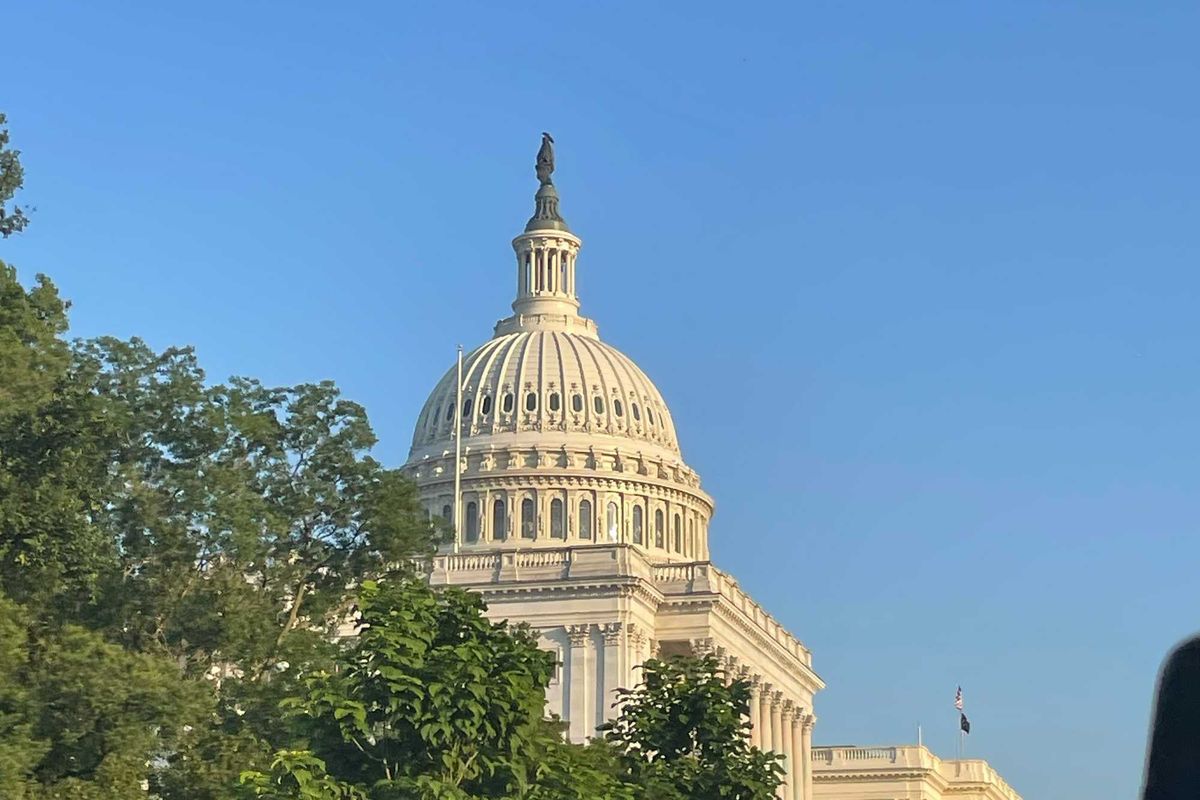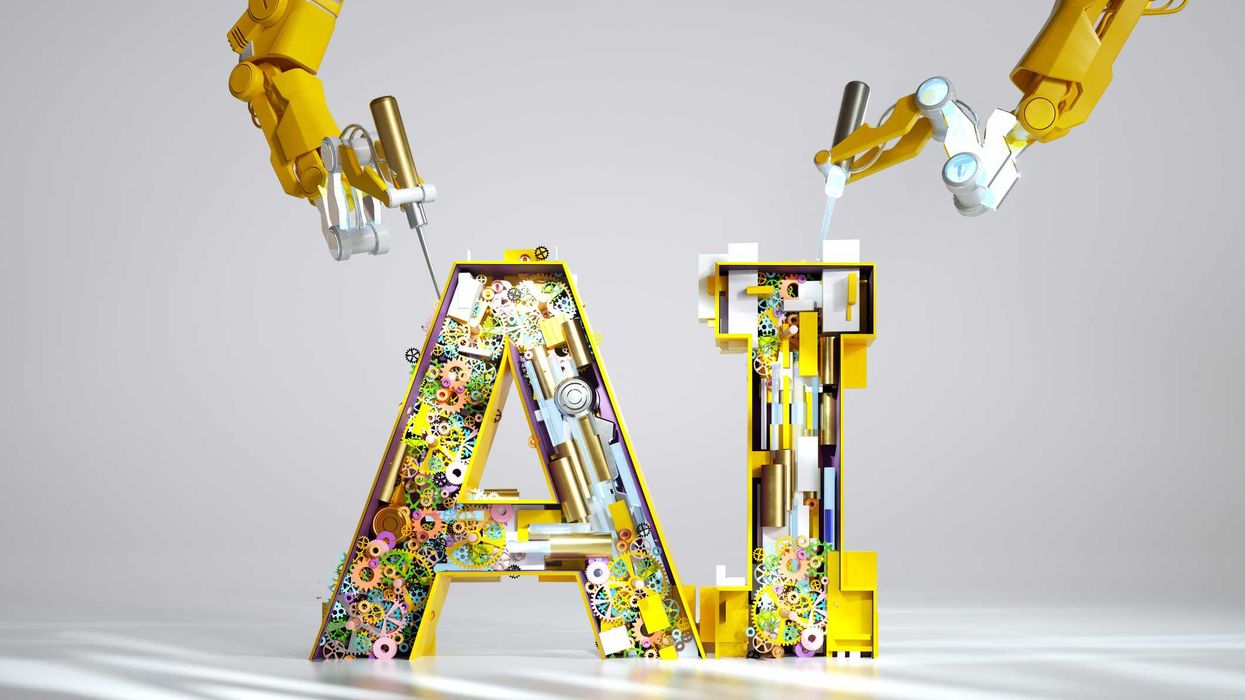“They gave your job to AI. They picked profit over people. That’s not going to happen when I’m in office. We’re going to tax companies that automate away your livelihood. We’re going to halt excessive use of AI. We’re going to make sure the American Dream isn’t outsourced to AI labs. Anyone who isn’t with us, anyone who is telling you that AI is the future, is ignoring the here and now — they’re making a choice to trade your livelihood for the so-called future. That’s a trade I’ll never make. There’s no negotiating away the value of a good job and strong communities.”
Persuasive, right? It’s some version of the stump speech we’re likely to hear in the lead up to the midterm elections that are just around the corner--in fact, they’re less than a year away. It’s a message that will resonate with Americans who have bounced from one economic crisis to the next — wondering when, if ever, they’ll be able to earn a good wage, pay their rent, and buy groceries without counting pennies as they walk down each aisle.
It’s a message that’s also destined to leave Americans economically worse off in the long run.
Technology causes job displacement. It’s a tale as old as innovation. In the short run, this can lead to a spike in unemployment and, as a result, a demand for political action to ease economic insecurity. One tactic may be to stop the development and spread of the technology itself. The thinking goes that if today’s jobs are artificially protected from tomorrow’s technology, then more Americans can hang on to their current role and maintain some degree of stability.
Politically, such thinking might make sense — politicians are rewarded for thinking about the here and now under our current electoral system. Yet, economically, this approach lacks support. The surest way to help everyday folks achieve the American Dream in the Age of AI is not the wrap them and our economy in AI bubble wrap. That’s actually a recipe for economic calamity.
The states and nations that survive and thrive through the disruptions brought on by AI will be the ones that focus on economic resiliency, not economic entrenchment. This tactic involves three key strategies: AI literacy, AI adoption, and economic dynamism.
On AI literacy, beware the party that effectively encourages you to ignore AI or even actively avoid it. Fundamental knowledge of whether and how to use AI tools will become as basic as Outlook proficiency in a few years. In the same way that most folks no longer include “Word” and “Excel” as core competencies on their resume, employers will soon come to expect that applicants and employees have familiarity with AI tools. Policymakers should help you prepare for that world rather than try to dodge it. Any delayed introduction to AI will diminish the long-term competitiveness of U.S. workers. It’s no secret that ongoing exposure and education to new technology make it easier to pick up the next tool. The individuals who continually experiment with AI and learn its faults and strengths will have an easier time keeping up with the rapid advances in the field. On the other hand, when protectionist measures expire and workers with little AI training find themselves back on the market, they will have a much tougher time.
On AI adoption, beware the party that chastises companies for using AI and otherwise attempts to block certain professions from trialing new AI uses. There are many unproductive ways to use AI — uses that detract from a company’s bottom line, that hinder operational efficiencies, and that harm consumers. Critically, however, there are uses that will result in new products, new services, and, most importantly, new jobs. Discovery of both the good and the bad will not happen by accident. If we’re going to uncover the jobs of the future, then we need businesses today to act as AI laboratories.
Finally, on economic dynamism, beware the party that treats it as its mission to freeze our economy in amber by constructing barriers to entry for AI-forward firms. At these early stages of AI, it’s easy to spot bad apples — firms that come up with the latest “AI” play that’s actually a poorly disguised scam. This may be particularly likely in areas like education, mental health, and financial services. Short-term political thinking may lead candidates to urge whole bans on AI in certain industries. This may generate applause at a pep rally, but it’s also likely to quash entrepreneurial activity in those areas. Startups that could have developed the next great app that empowers more Americans in the classroom or supports them through hard times will pivot to other fields or simply not get off the ground. That’s not a dynamic economy; that’s an economy that rewards entrenched incumbents.
In sum, the future isn't a trade-off between livelihoods and technology. That's a false choice, born of short-term political thinking and economic anxiety. The real trade is between a nation that chooses to bury its head in the sand—and one that chooses to adapt and lead.
Instead of trying to halt the inevitable march of progress, our focus should be on preparing Americans for the future. That means championing AI literacy in our schools and workplaces, so that every citizen can become an active participant in this new economy. It means fostering AI adoption by giving businesses the freedom to experiment and discover the new products, services, and jobs that will drive our growth. And it means cultivating economic dynamism by removing the regulatory barriers that stifle innovation and protect powerful incumbents.
The true American Dream isn't about clinging to the past; it's about building a better future. The path to a strong, prosperous, and resilient nation in the age of AI isn’t through prohibition—it’s through preparation. Now’s the time to anticipate and refute those who want to score political points with short-term perspectives.
Kevin Frazier is an AI Innovation and Law Fellow at Texas Law and author of the Appleseed AI substack.



















